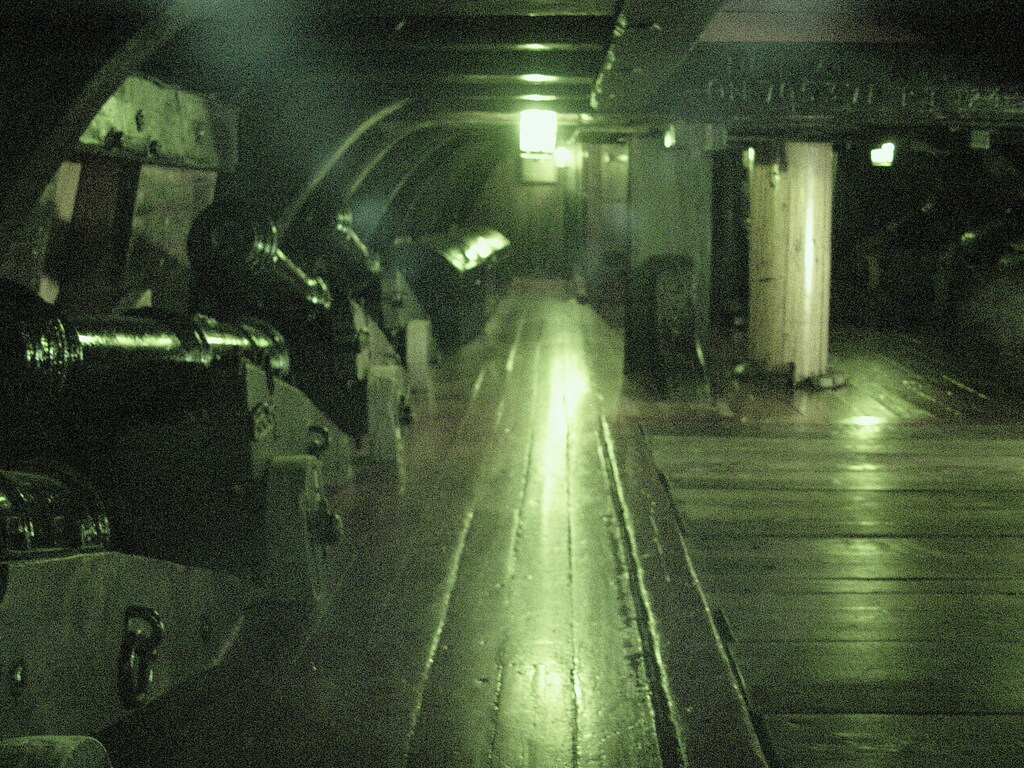© 2007–2025 ElminaCastle.info is the official website (However does not receive any financial etc support from Ghana Tourism Authority or GMMB), proudly provided by Ghana-Net.com and Remo Kurka, according to an agreement with the Minister of Tourism, 2009, under late president John Evans Atta Mills government. All photographs featured on this site are copyrighted © ElminaCastle.info and © Remo Kurka 2025.
External links included on the website are offered solely for educational and informational purposes. We do not claim ownership of any external content, nor are we responsible for the material, accuracy, or opinions presented on third-party websites.
All Rights Reserved.

